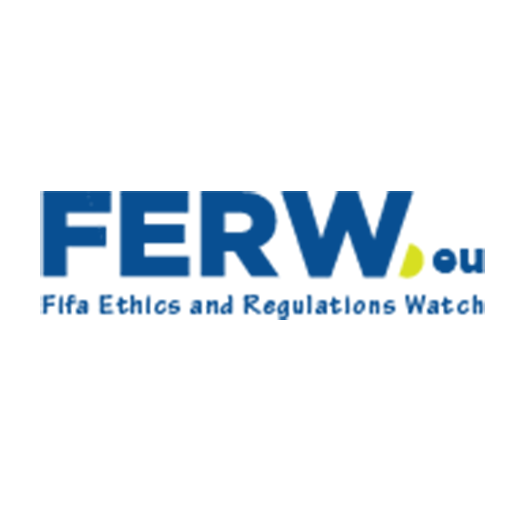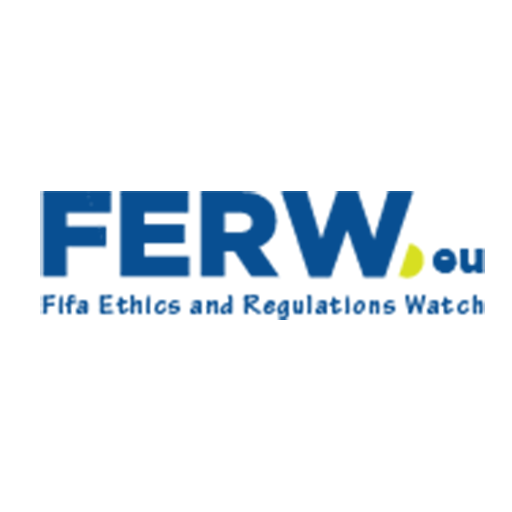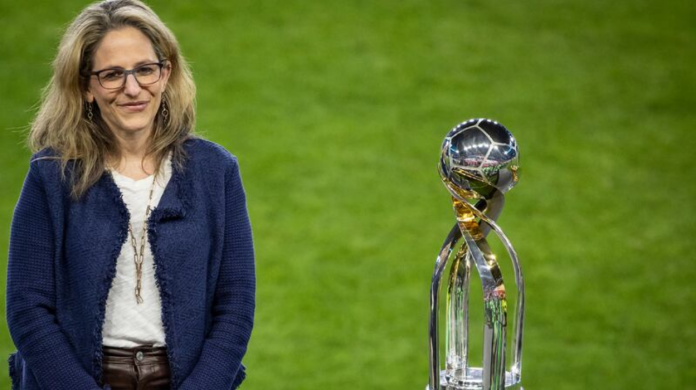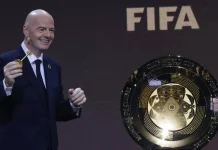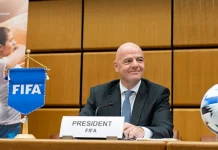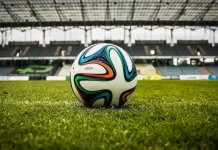The NWSL is gearing up to leverage the 2026 Men May World Cup back to North America, which has not been back since the 1990s. In the new commissioner, Jessica Berman, the league is operating on a wide margin comprehensive approach of positioning itself with the event buzz and converting the worldwide interests into long term success of professional soccer games among women in the country.
Seven of the NWSL’s sixteen clubs are located in or near World Cup host cities, giving the league a geographical advantage in tapping into the energy of the tournament. Yet questions persist as to whether this overlap alone is enough to turn casual enthusiasm into meaningful development. As the countdown to 2026 accelerates, the league’s tactics will be tested not only by logistical complexity but by the broader realities of the American sports market.
Scheduling around the World Cup spotlight
The NWSL’s 2026 calendar is built around the FIFA Men’s World Cup window. The league has announced a season of 248 matches, including an expanded playoff structure, with a month-long pause in June to avoid competing directly with the global event. On paper, this alignment offers the league an opportunity to capitalize on pre- and post-tournament enthusiasm while avoiding the dilution of attention during World Cup broadcasts.
However, this schedule shift presents trade-offs. The pause may interrupt fan engagement during the league’s peak months and delay momentum-building storylines. Additionally, since no NWSL teams currently play in World Cup venues, the stadium energy that fuels the men’s tournament may not easily transfer to the women’s domestic league, limiting the emotional crossover effect that has powered previous soccer booms.
Post-tournament momentum risks
Resuming the season after the World Cup requires a concentrated marketing effort to recapture fan attention. Given the high bar set by a tournament of this scale, there is a possibility that interest in the NWSL’s second half may appear comparatively muted. Maintaining narrative continuity and competitive drama will be critical to ensuring the pause does not fragment the league’s growing audience.
Broadcast, streaming, and fragmented exposure
To ensure national visibility, the NWSL has adopted a distributed media strategy. Games will be aired on CBS Sports, ESPN, Zoom, ION and NWSL+ the own platform of the league. The Commissioner Berman has framed this strategy as a direct measure against the changing media consumption patterns and the intention is to reach the fans wherever they watch.
Although this approach is theoretically beneficial, the consistency of the brand and ability to retain the audience become problems. Less invested casual viewers attracted by the World Cup might soon have a hard time keeping up with when or where NWSL matches take place, thus being potentially restrictive to the short-term visibility gain.
Sustaining viewer engagement
The question is how to turn the temporary interest into a sustainable relationship through story cohesion and predictable access. There is no broadcast face of the program, and viewers might not find it easy to establish regular routines, around matching days. As the international tournaments, Olympic qualifiers, and club competitions provide an ever more crowded schedule, the NWSL has to strive more diligently to establish itself as a unique entity within the sports arena.
Commercial growth and structural limitations
Some of the major events usually attract increased interest from corporate institutions and the world cup is not an exception. The NWSL is also courted actively by those companies and businesses that are hoping to reconnoitre with the expected rise in soccer in the United States. Although large-branded organizations might commit themselves as the mouthpiece when the 2026 window comes, history records that most of these relationships speedily decline once media attention gets off.
In the long term, the commercial issue facing the league will be proving a regular return on investment in terms of selling tickets, merchandise and proving quantifiable fan interaction. Any World Cup boost without a firming up of these core income generators may run the risk of turning into a spike instead of a building block.
Infrastructure disparities
NWSL clubs have access to far fewer training facilities, staffing and stadium access than their men counterparts. These structural problems restrict the league in its capacity to provide a superior product similar to that of international tournaments. Sponsors, media, and fans attracted by the World Cup are likely going to need a form of professionalism and spectacle that the NWSL cannot always afford without even more investment.
Impact on athletes and team dynamics
A major factor of naivete with the NWSL strategy of 2026 World Cup is the availability of players. Due to a lot of the sport’s greatest athletes being anticipated to go with their country teams to compete in the World Cup, regular-season games prior and subsequent to the break can be played without star talent. This erodes the competitiveness of the league in sensitive periods in which to attract viewership and increase exposure.
To players, the issue of having shorter schedules through adjusting seasons also brings about the issues of exhaustion and injury chances. It is becoming hard to juggle the club assignments with national ones especially since the global program of women in football is growing.
Team cohesion and training disruptions
The results are possible team chemistry disruptions due to the prolonged absence of the world cup players who are key members in such clubs. Coaches can have difficulties in sustaining the desired level of performance, and the fans can lose their loyalty when recognized players are missing regularly. Such upheavals create an additional complication of the 2026 agenda being planned by the league.
Navigating a saturated sports marketplace
The US is experiencing an era of increase in soccer interests amongst the different genders and among different ages. Meanwhile, NWSL has to compete with more established professional leagues such as the Major League Soccer, English Premier League, and the UEFA Champions League. All these leagues will be maintaining vigorous marketing and media growth up to 2026.
On top of that, even with the World Cup adjacency, the NWSL cannot afford to be North Korea and/or the National Dance Company of Japan. It has to go aggressively after new audiences, including after younger fans and multicultural communities, which many are underserved with traditional sports outreach efforts.
Cultural relevance and local loyalty
Expanding the fanbase beyond the core fans will be necessary and this means connecting more with the local communities. Although the world cup may take the trails of sensitization to a higher level during the period, the success of the league in the long run will rely on its ability to transform the general interest into team affiliation. That is cultivating local stories, improving game-day attractions, and developing clubs that connect to the city.
The NWSL’s 2026 World Cup strategy may mark a turning point—or a testing point—for women’s professional soccer in North America. Aligning with the world’s biggest football event offers a rare opportunity, but it also invites heightened scrutiny and unprecedented expectations. Whether the league leverages this momentum to build lasting structures or simply rides a temporary wave will shape not only its reputation, but the trajectory of the sport’s growth in the U.S. for years to come.
